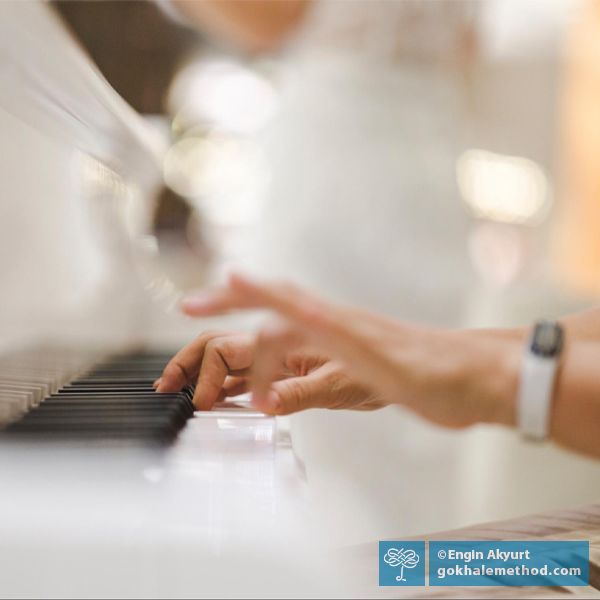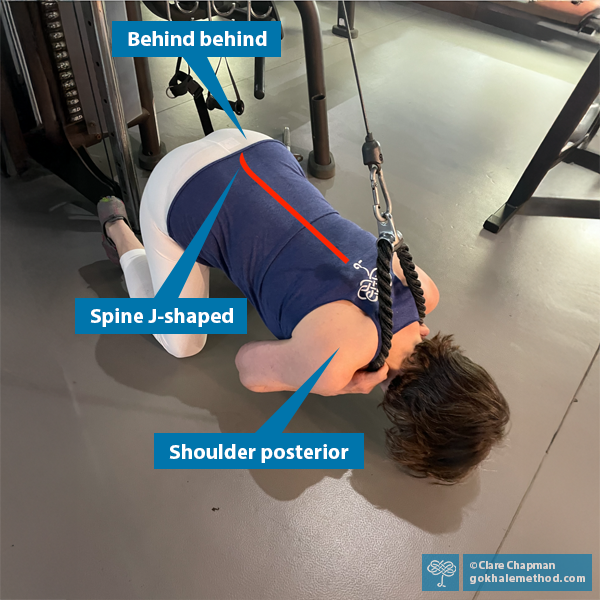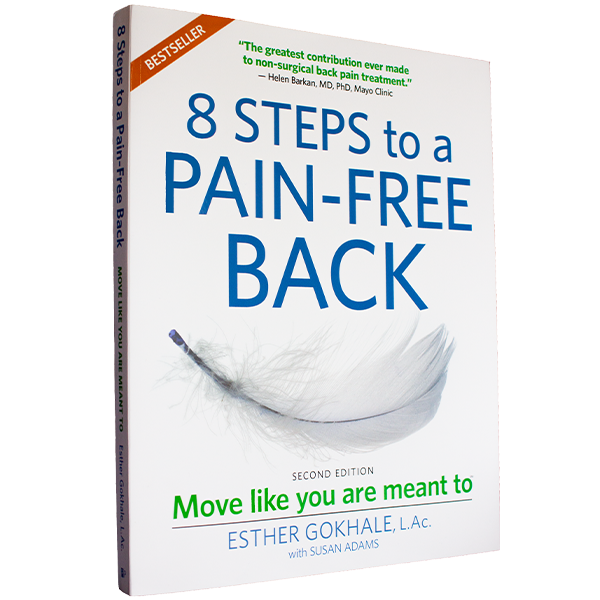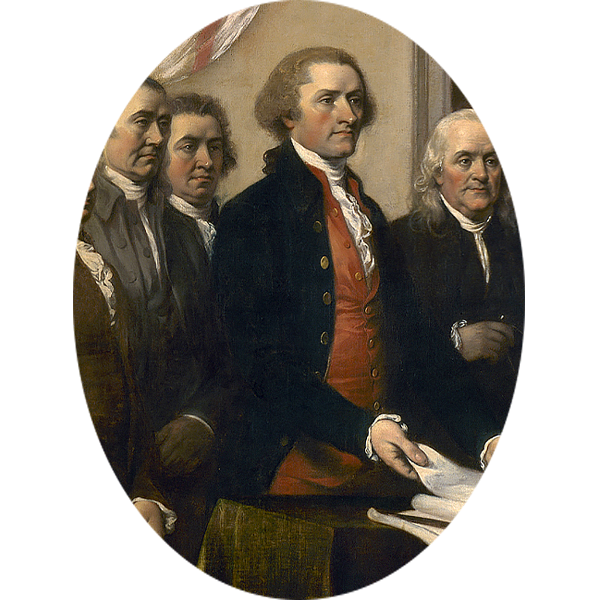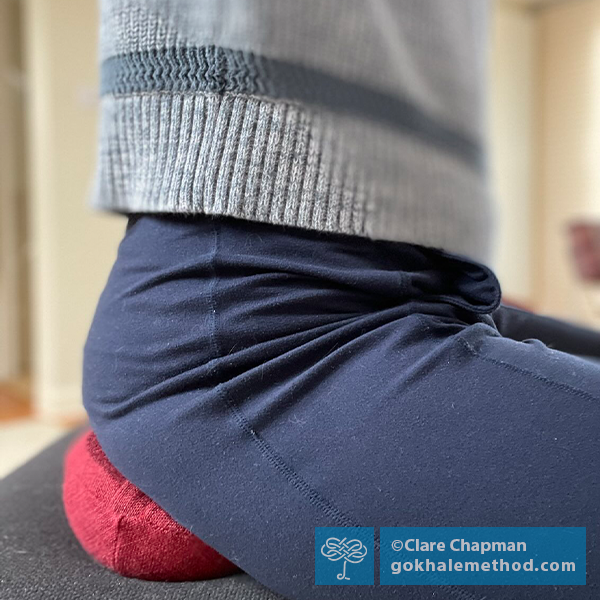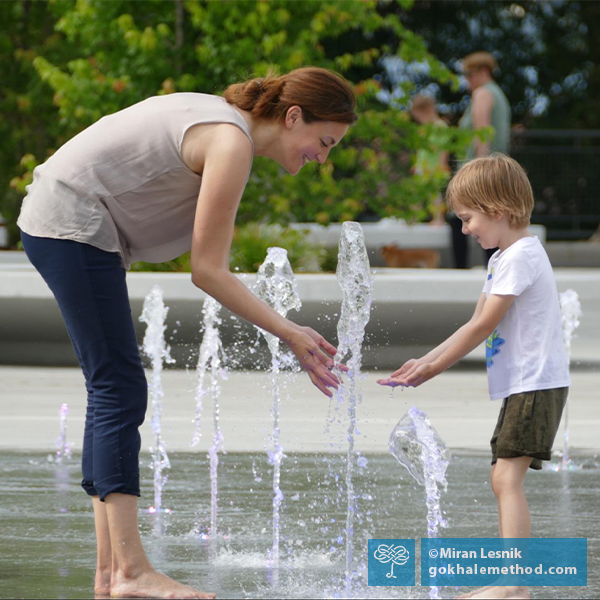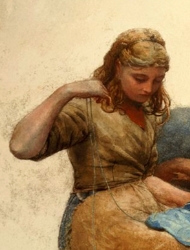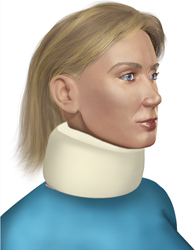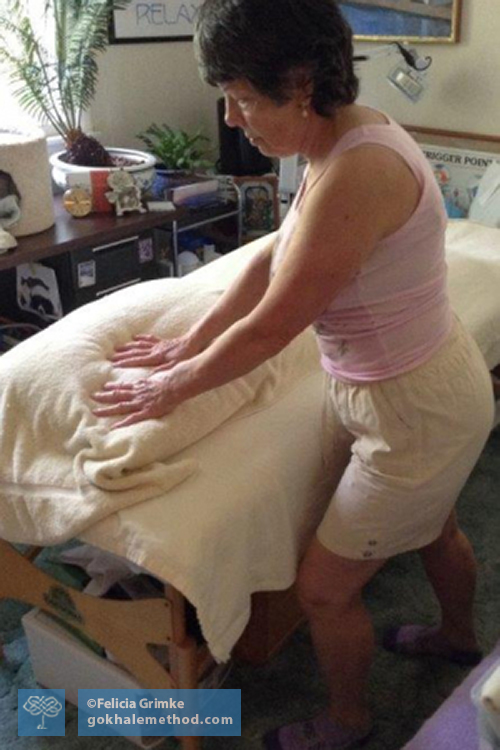The Gokhale Method® has given me my life back from daily pain. I had two head injuries as a child and started having headaches in third grade. They turned into full migraines in my twenties that got progressively worse until I was in pain daily and in a constant cycle of migraines by my forties. The pain was intense, traveling from my neck to the inside of my shoulder blade and from my temple into my eye.
The Best Exercise Trio to Beat Back Pain: Abs, Glutes, and a J-spine
People often come to the Gokhale Method® when they suddenly can’t enjoy what they love to do. Their days playing golf, sailing, dancing, hiking, or simply playing with their children or grandchildren, are threatened. Life becomes an obstacle course of injuries, pain, and rehab. Their body is no longer a comfortable home where they feel good and self-confident.
Ex Your Back Pain, Use Your X-ray Eyes
If you are suffering from back pain, the most likely reason for it is hiding in plain sight. Like most people, including your medical and complementary health professionals (!), you are just not trained to see it. The root cause of most musculoskeletal problems, whether it be lower back pain, a frozen shoulder, neck pain, plantar fasciitis, or a knee issue, can usually be detected in your posture and your resulting movement patterns.
Why July 4 Can Spell Freedom for Your Body
Tomorrow will be the Fourth of July, or Independence Day in the US. It is the national day when US citizens celebrate the 1776 Declaration of Independence from Great Britain. Today I invite you to travel back in time with me to look at a well-known work of art that commemorates that historic event.
Getting Upright Sitting “Just Right”
Some things in life want to be “just right.”. There is a popular fairytale about the importance of this—the story of Goldilocks and the Three Bears. The most well-known version features a young girl with golden hair who wanders into the woods and finds a house with no one home. It belongs to Papa, Mama, and Baby bear. The story goes that Goldilocks
The #1 Reason Parents Get Back Pain
For many people, their first encounter with back pain is when they become parents. That was certainly true in my case, although, to be factually correct, I was a mom-to-be in the ninth month of my first pregnancy when a herniated disc brought me, literally, to my knees.
Rotator Cuff Injuries: Prevention and Healing with Healthy Posture
In my experience, people are often unaware that their posture has greatly contributed to their muscular problems and damage.
In this blog post I would like to talk about a frequently injured group of muscles that attach the arm to the torso at the shoulder blade—the rotator cuff. The rotator cuff helps rotate the arm and lift it sideways and is also responsible for stabilizing the shoulder joint.
How Do I Fix My Neck Pain?
Do you suffer from neck tension, muscle knots, or tingling in your fingers? Do you get frequent headaches?
Or maybe your neck is fine most of the time, but seizes up periodically, leaving you unable to function normally in your job, family life, and recreational activities.
Most neck pain involves compression.
In modern cultures, the head often drifts forward as we slouch and crane our necks towards our computer screens. The weight of the head, (typically 11 lb. or 5 kg—think bowling ball), then requires the muscles at the back of the neck to contract strongly to keep the head up. This contraction compresses the relatively delicate tissues in the area. Not a recipe for a healthy, happy neck. If you have forward head carriage but are symptom-free so far, keep reading for tips that will prevent future problems with the discs, nerves, blood vessels, and bones in your neck.
How the Gokhale Method Solved my Neck Pain and Transformed my Life
I am an acupuncturist and massage therapist who specializes in assisting individuals with chronic pain. Over my 30 years in the profession I had been exposed to hundreds of continuing education classes but had never heard of the Gokhale Method®.
I suffered with cervical stenosis, multiple herniations, and bone spurs
My battle with cervical stenosis (a narrowing of the neural canal in the neck, causing compression of the nerves), multiple cervical herniations, and osteophytes (bone spurs) began 40 years ago, all of which progressively worsened over time.
How Not To Do Yoga
This blog post explains how some common yoga injuries occur and how applying the principles of healthy posture to yoga postures replaces this scenario with movements that are good for your body.
Yoga postures and back pain
Growing up in Mumbai, India, my Dutch mother was a student of BKS Iyengar and the Satyananda yogis, and keen for me also to learn yoga asanas, or postures. I practiced, and, being reasonably athletic as a child and already trained in Indian classical dance (Bharata Natyam), did not find it particularly difficult to choreograph the back bends, forward bends, and twists that were asked of me. I became a yoga model, demonstrating postures alongside visiting swamis’ presentations to induce the audience to sign up for upcoming yoga courses.

